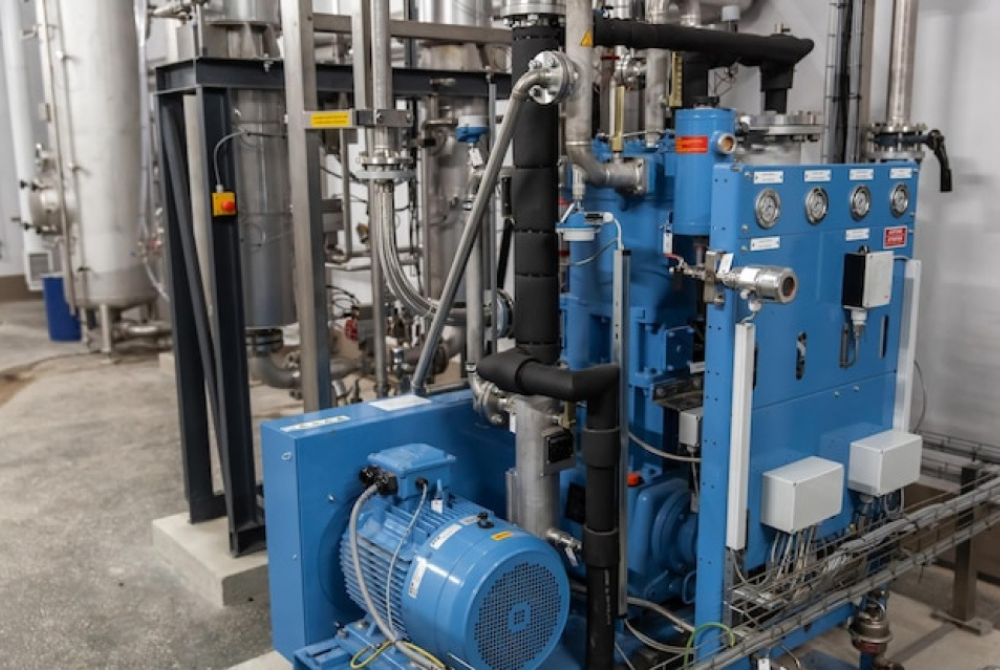The demand for mobile hydraulics applications, particularly utilizing hydraulic power packs, has seen a significant surge in recent times. These applications span a diverse range, including dump trailers, electric sanitation trucks, snowploughs, telescopic logistics equipment like dock levelers, car tailgates, wing trucks, electric pushcarts, and electric pallet lifts. Additionally, hydraulic power finds utility in various other sectors, such as car lifts, scissor lifts, electric operating tables, and specialized equipment for elevators.
Compact hydraulic power units (HPUs) have emerged as a preferred choice due to their ability to operate effectively at high pressure. They are characterized by their low-flow hydraulic system, compact size, straightforward components, and cost-effectiveness.
When it comes to hydraulic power units, several types cater to different needs. These include single-acting and double-acting hydraulic power units, as well as those designed for specific applications or complex operations. Variants also exist based on the motor voltage, with options available in both DC and AC configurations. Installation configurations vary too, with units designed for vertical or horizontal mounting. Control mechanisms further diversify the range, with options for manual operation or electric control of valves.
Hydraulic power units, or HPUs, are integral to hydraulic systems, acting as the driving force behind hydraulic actuators such as cylinders and motors. They encompass three main sections: the power section, comprising an electric motor and hydraulic pump; the control section, which includes pressure valves, directional control valves, and flow control valves; and the auxiliary section, encompassing couplings, manifold blocks, suction pipes, return pipes, tanks, air breathers, and more. Together, these components ensure the efficient operation of equipment through the adoption of hydraulic pressure mechanisms.

